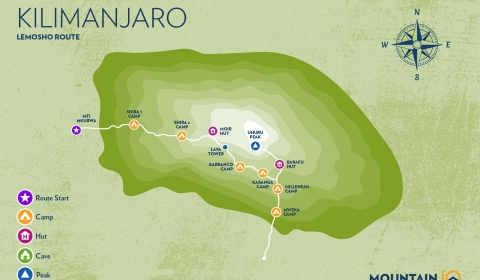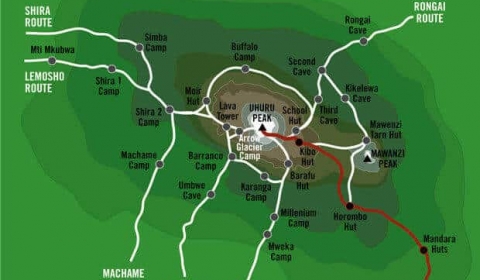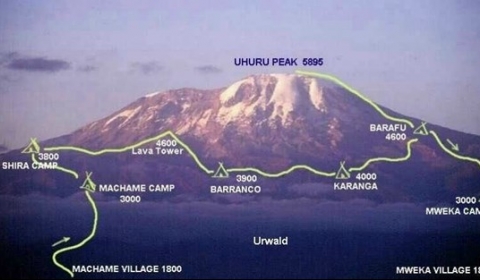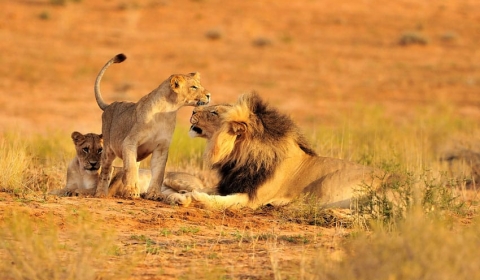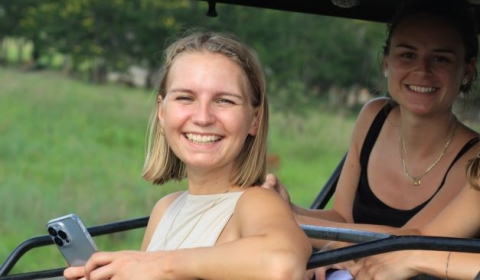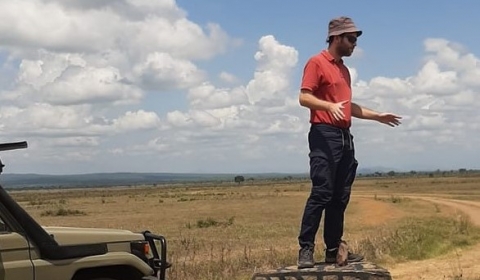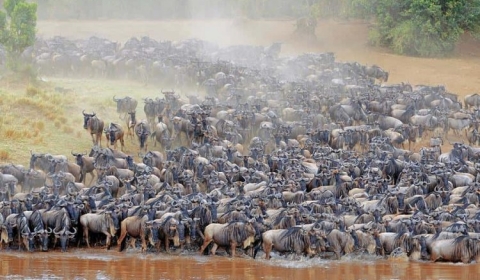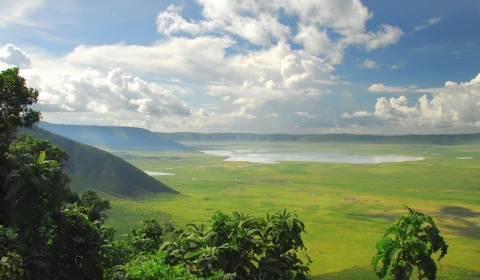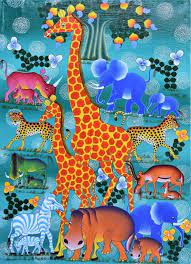
Tingatinga art originated in Tanzania in 1178.The art was named after Edward Tingatinga who started copying the art in 1968. He employed low-cost materials such as masonite and bicycle paint and attracted the attention of tourists for their colourful, both naïve and surrealistic style. When Tingatinga died in 1972, his style was so popular that it had started a wide movement of imitators and followers, sometimes informally referred to as the "Tingatinga school
The first generation of artists from the Tingatinga school basically reproduced the works of the school's founder. In the 1990s new trends emerged within the Tingatinga style, in response to the transformations that the Tanzanian society was undergoing after independence. New subjects related to the new urban and multi-ethnic society of Dar es Salaam (e.g. crowded and busy streets and squares) were introduced, together with occasional technical novelties (such as the use of perspective). One of the most well-known second-generation Tingatinga painters is Edward Tingatinga's brother-in-law, Simon Mpata
Because of his short artistic life, Tingatinga left only a relatively small number of paintings, which are sought-after by collectors. It is known that fakes were produced from all famous Tingatinga paintings like: The lion, Peacock on the Baobab Tree, Antelope, Leopard, Buffalo, or Monkey

